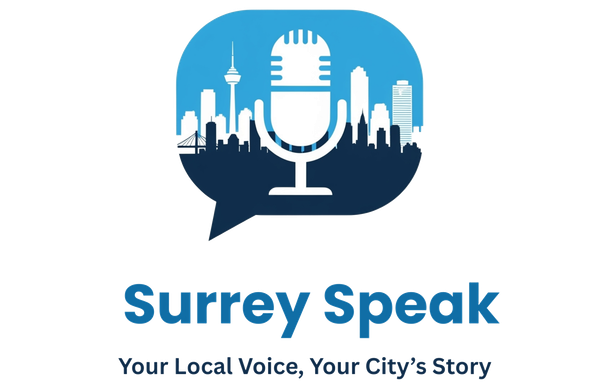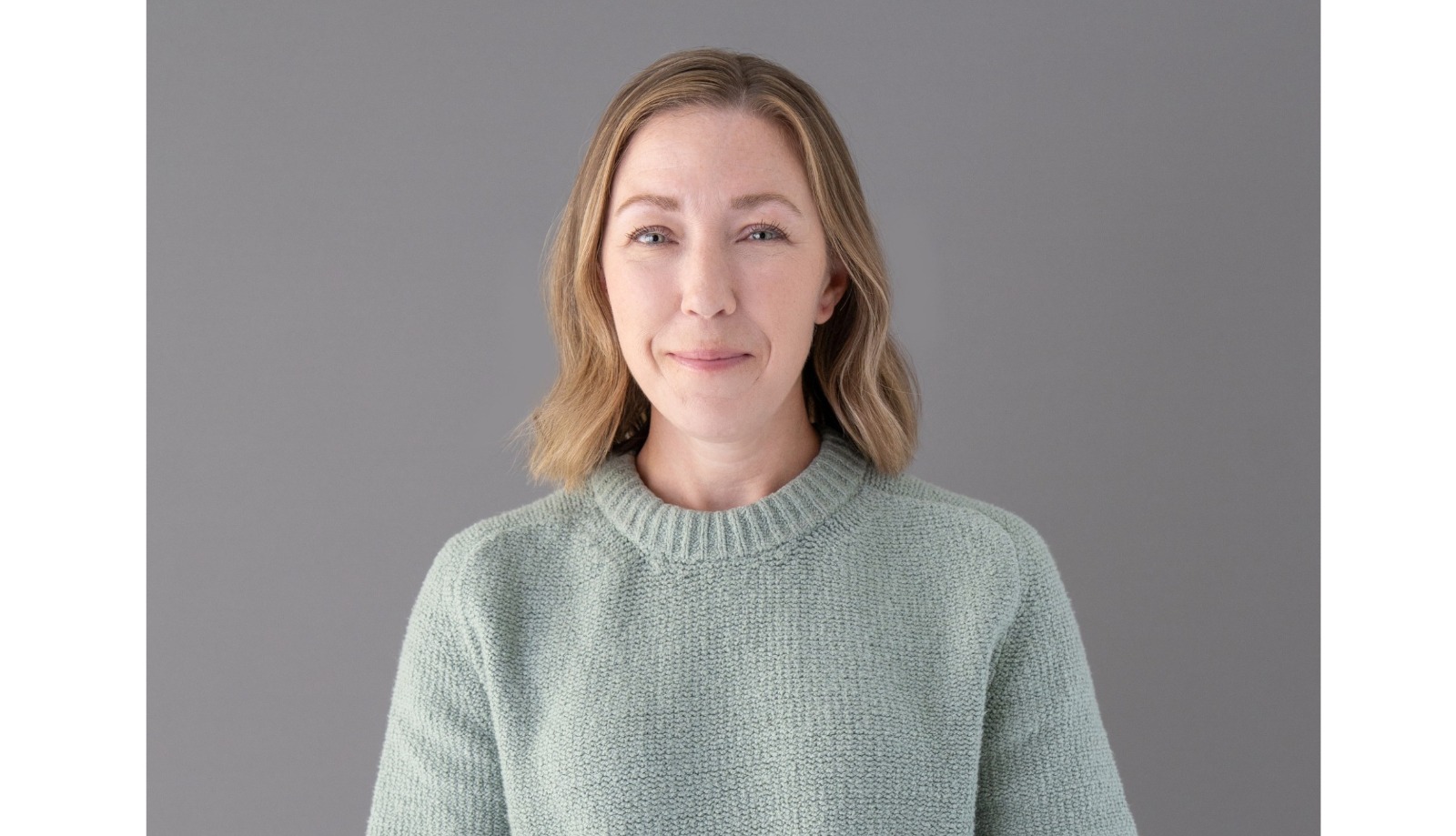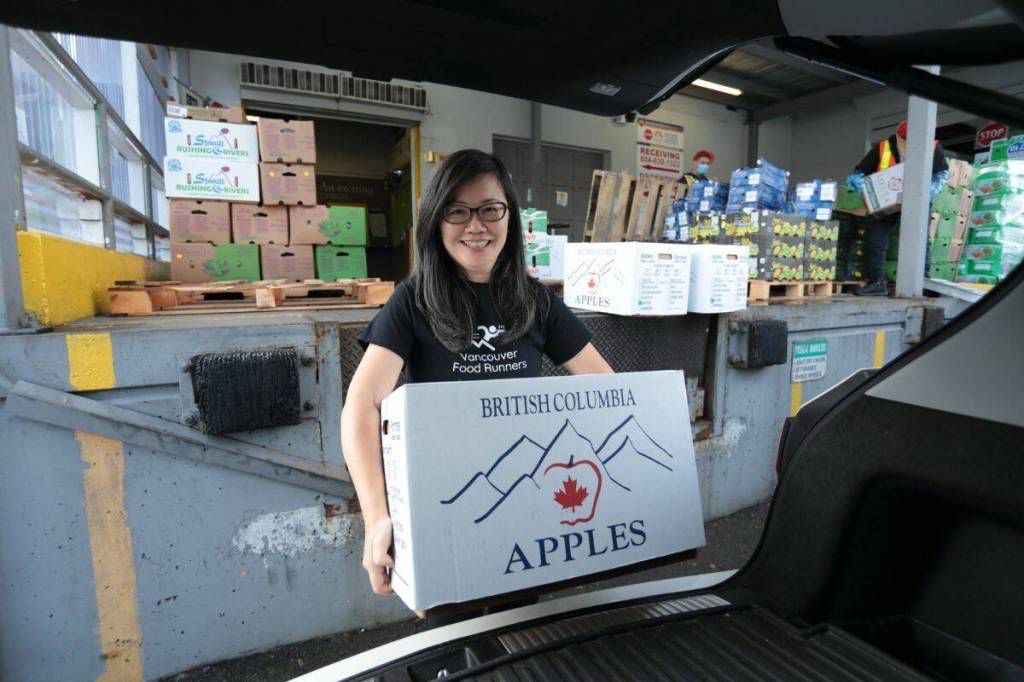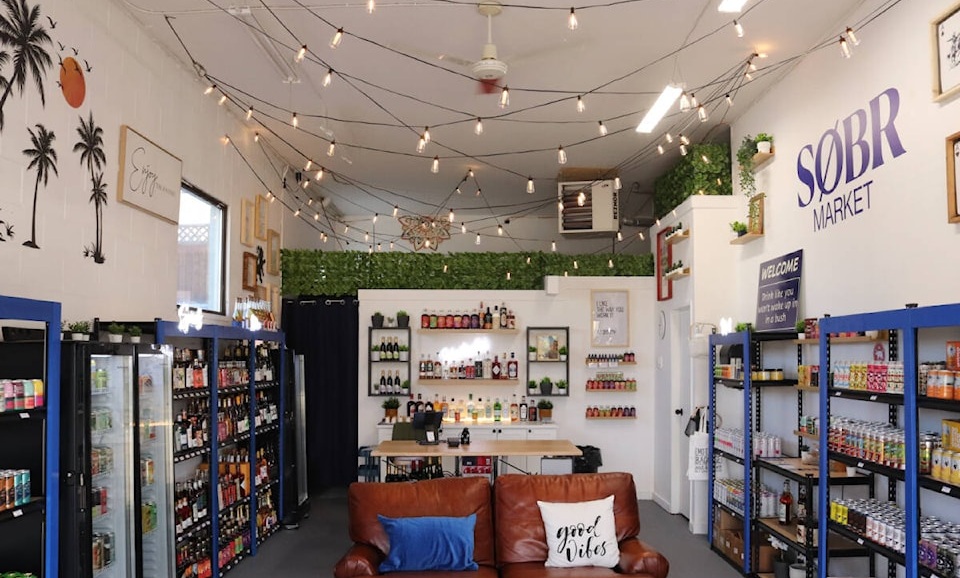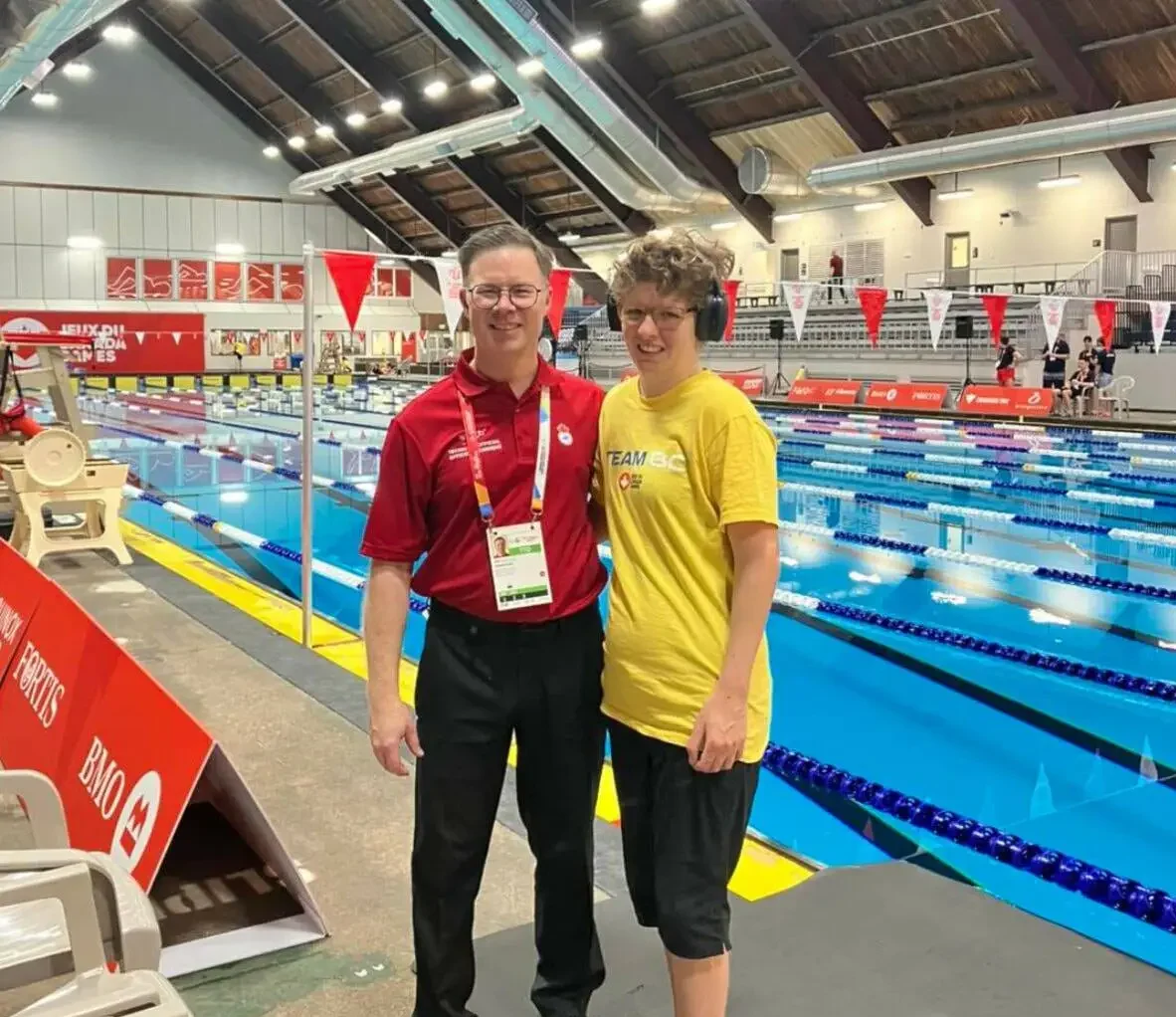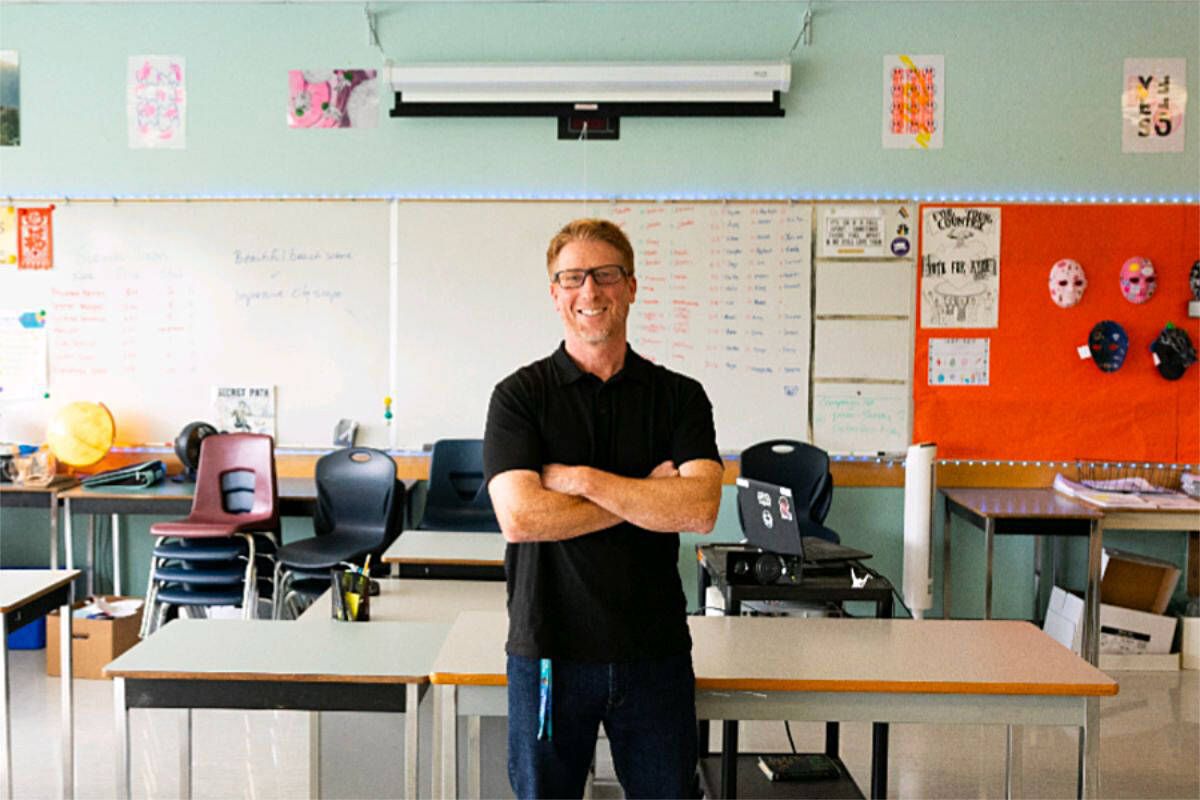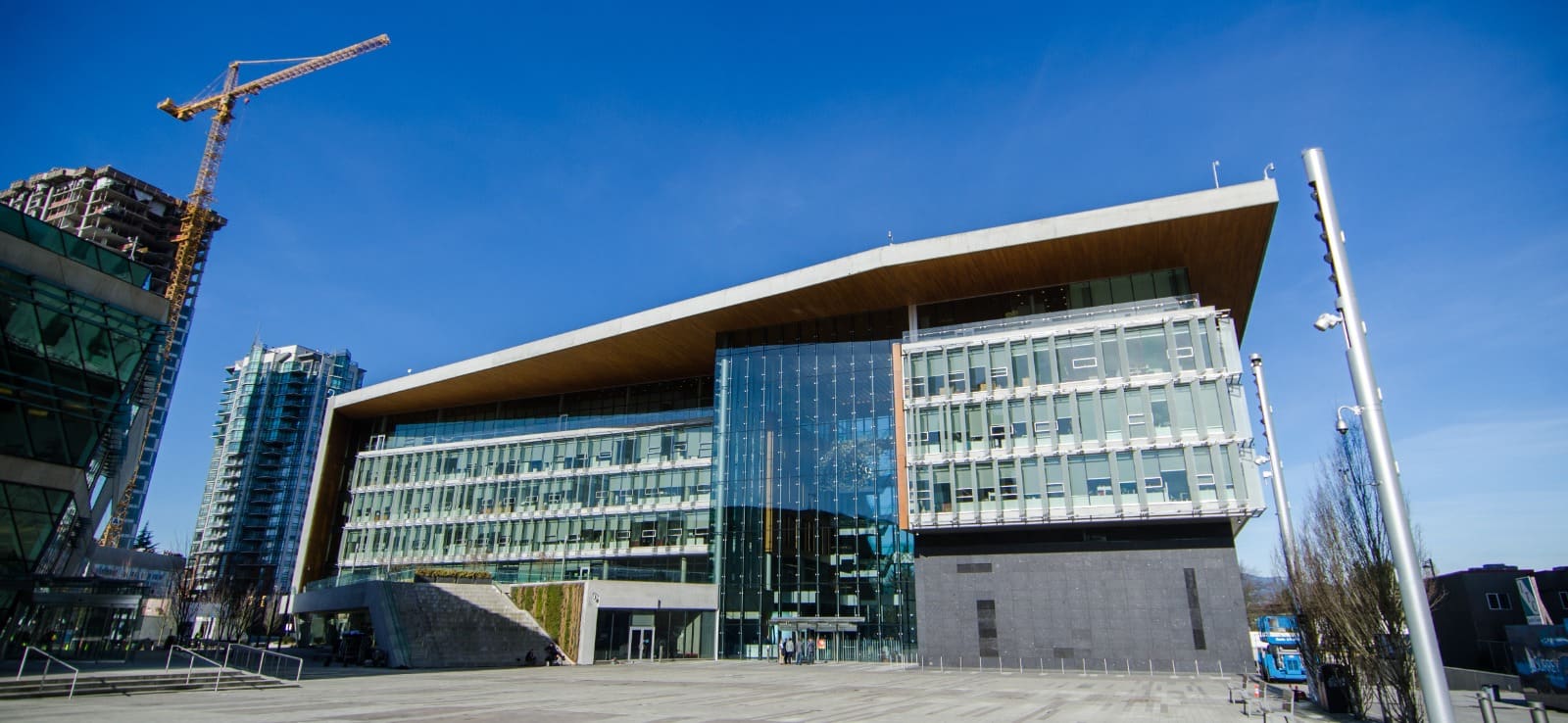City of Surrey updates its communications policy to include translations in key languages spoken at home by over 40% of its residents.
Surrey Aligns Messaging with Population Diversity
Surrey is expanding its official city communications to include languages other than English, responding to the city’s increasingly multilingual population. The change reflects the needs of more than 40% of Surrey households that speak a non-English language at home and aligns with the city’s broader goal of inclusive public service.
City Policy Reflects Growing Need for Access
A recent city report by Joey Brar, Surrey’s General Manager of Corporate Services, outlines the rationale behind the policy update. With nearly 70% of Surrey residents identifying as visible minorities, the city acknowledges that English-only messaging no longer serves the entire community effectively. The updated policy allows translation of city messages into any language spoken at home by 5% or more of residents citywide or within a local town centre.
Punjabi Leads in Translated Communications
Punjabi, spoken at home by 18% of Surrey residents, is currently the most widely translated language under the policy. “To date, the City has issued 100 media statements and releases in Punjabi,” Brar confirmed. This translation effort aims to ensure residents receive timely and accurate information on public programs, emergency updates, and city services.
Implementation Through Strategic Outreach
The city has begun integrating multilingual communications across its website, social media platforms, and printed materials. Translations are prioritized based on population density and linguistic trends in neighbourhoods such as Newton, Fleetwood, and Whalley. The policy does not mandate automatic translation but enables it when linguistic thresholds are met.
Community Trust and Belonging at the Forefront
According to Brar, multilingual outreach is not only a matter of accessibility—it’s key to building public trust. “These initiatives have improved access to city services and information, while also helping to build trust and a stronger sense of community belonging,” he stated. The city hopes the updated approach will foster deeper civic engagement among residents who previously faced language barriers.
A Model for Urban Inclusion in Canada
As one of Canada’s fastest-growing and most diverse cities, Surrey’s approach may serve as a template for other municipalities aiming to modernize public communication. By recognizing language as a bridge to equity, the city is taking a proactive step toward inclusive governance in the 21st century.
